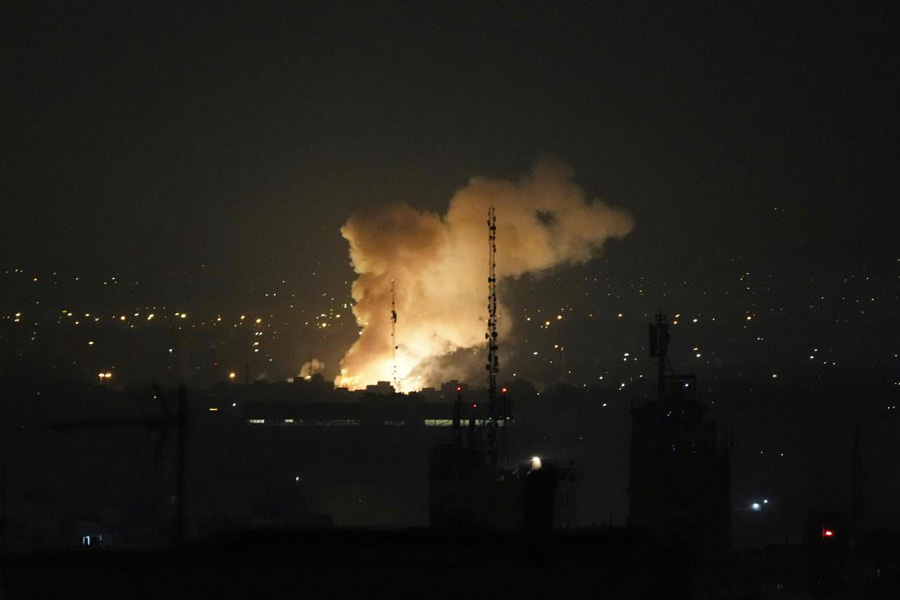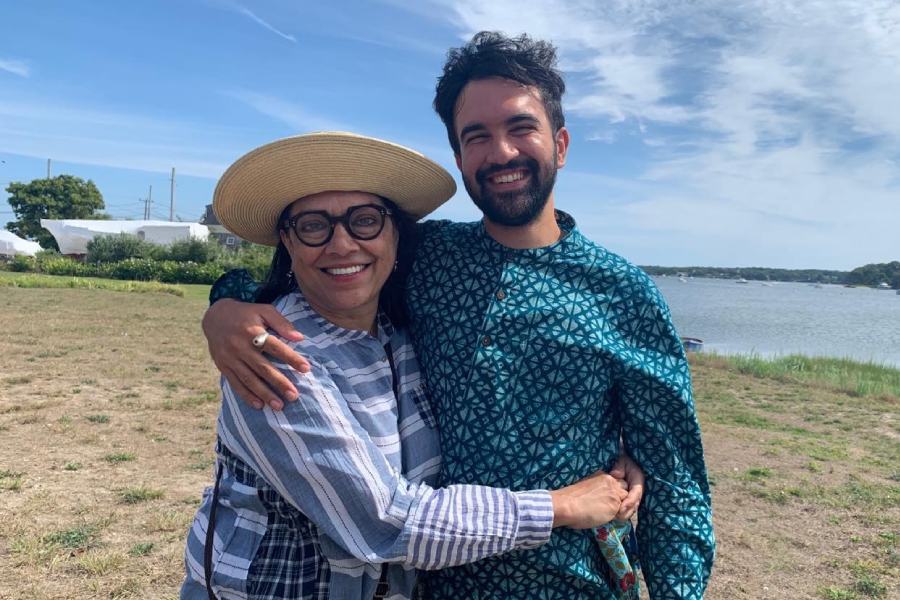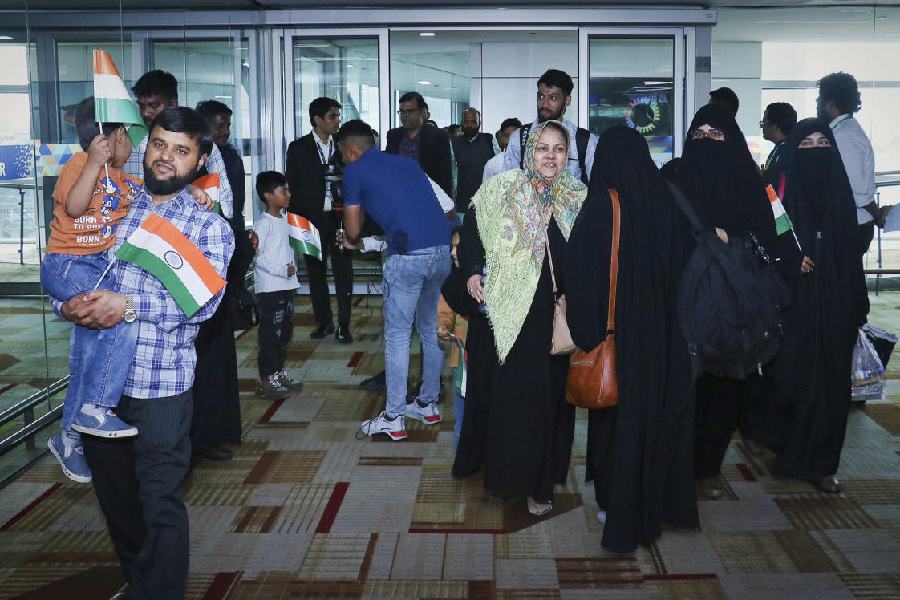 |
The second batch of IIT-Bhubaneswar will graduate shortly. How much time does the institute need to match up to the standard of IIT-Kharagpur?
IIT-Kharagpur took a long time to become what it is now because things were slow in those days. But today, with technological assistance and support from all quarters, IIT-Bhubaneswar should achieve high standards in 15 to 20 years.
Of the new IITs, the one at Hyderabad filled up all its 90 faculty positions within two years of its establishment. Why are you still struggling to address faculty shortage?
Faculty shortage prevails everywhere. That is because teacher salaries are not comparable with what the industry offers. We have filled up 79 positions and two more would join by July 10. Further, IIT-Hyderabad has a single campus but we operate from different campuses across Bhubaneswar. Naturally, my expansion has been constrained. I could not start new courses because I didn’t have accommodation for students.
Are experienced faculty hesitant to come to Bhubaneswar?
No, I get a lot of applications but our selection process is rigorous. If we interview 40 candidates, we select only four or five.
Your institute came under scrutiny last year because of illegal appointments.
There was no illegal appointment. These allegations are absolutely nonsense.
Many IIT-ians, after their BTech, MTech and PhD from IIT, are joining their alma mater as assistant professors. Do you agree that the graduates should serve in the industry or other educational institutes before joining their alma mater?
Yes, in-breeding is not a good thing. Unless you come out of your cocoon and explore the world, you will never grow.
Has the mushrooming of engineering colleges in Odisha affected the quality of technical education?
The country needs more engineers, which means more colleges. But the government alone cannot do it. So, they have allowed private parties in the technical education field. But opening a college is not enough. There should be good faculty and aim to produce quality engineers. Unfortunately, we are churning out many engineers who are not employable.
If the country needs more engineers, why are they venturing into other fields?
The country will see all-round development when there is growth in the manufacturing sector. But that growth is not taking place. So, they are taking up jobs in other sectors.
The brightest minds of the country invariably study in the IITs but go abroad for jobs. What do you feel about this brain-drain trend?
There is no brain-drain. If you do not go abroad, your horizon is not broadened. They are putting India’s name on the world map. Even by staying outside, they are serving the country. Don’t you think NRIs are contributing to our economy?
Construction at your permanent campus in Arugul has been affected due to land acquisition problems. When will you shift there?
There are acquisition troubles in certain patches but Odisha government is taking care of that. We propose to shift partially next year but a full-fledged campus will take time.
Will it not be tedious to shuttle between the campus at Arugul and here?
Isn’t it a problem now? We are operating from eight campuses in different parts of the city. My students are travelling by buses. They are using lab facilities at Central Toolroom and Training Centre at Patia and attending classes at Institute of Minerals and Materials Technology and other places.
Last year, you invited industries engaged in metal processing to set up research centres on your campus. How is the collaboration coming through?
I am in talks with Nalco and Tata Steel. But when you want to invite somebody, you should have a house first. Several campuses make it difficult. But despite problems, we have made our mark. Almost all students of our graduating batch have been placed. The average salary is Rs 12 lakh.










